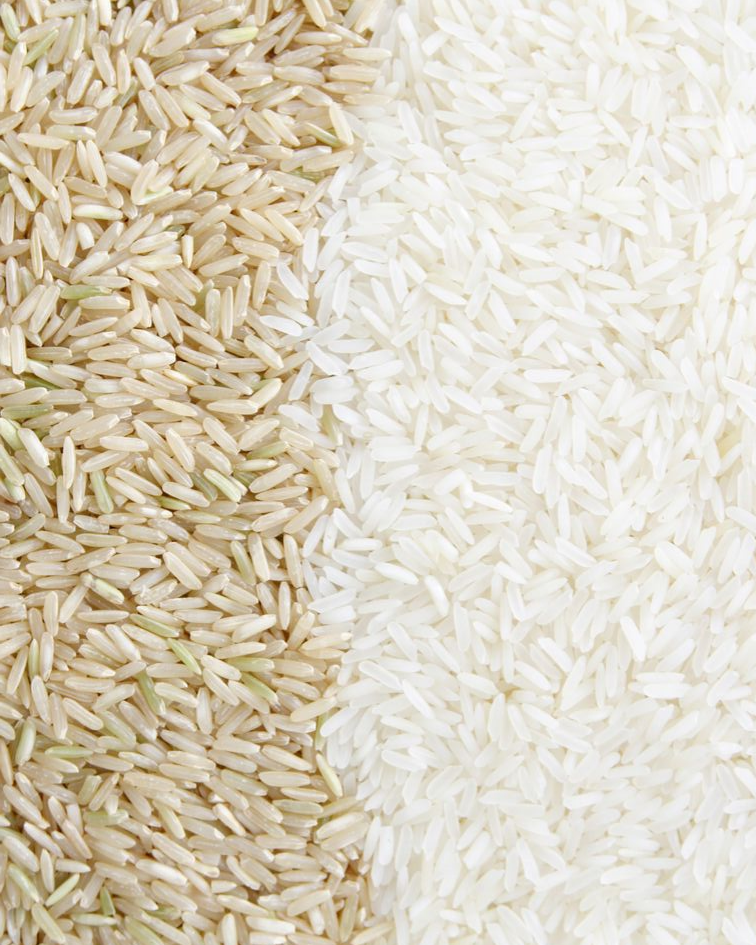Let’s start by discussing the components of rice. The hull or husk (the outermost layer), the bran, the germ, and the endosperm are the four components of rice (the innermost layer). What distinguishes the two varieties of rice is as follows:
All portions of the rice grain are present in brown rice, making it a whole grain. Although the hull or husk of processed brown rice has probably been removed, the bran, germ, and endosperm, which are what give the grain its delicious, nutty flavor, are still present. All of the grain’s natural nutrients are still available because the majority of the components are still whole.
In the case of white rice, the grain’s outermost layers, the germ and the bran, have been removed, leaving only the endosperm, also known as the germa little white rice grain. Because it is a complete grain with more fiber and the sugar in it is absorbed more slowly into the bloodstream, brown rice is frequently seen as a healthier alternative to white rice. Brown rice may be a better choice for you than white rice if you have difficulties keeping your blood sugar levels balanced.
Is white rice good for you?
Rice that has undergone polishing, which eliminates the outer layers of the grain and only leaves the endosperm, is referred to as white rice. White rice is frequently referred to by a variety of names, such as sushi or sticky rice, long and short grain white rice, jasmine rice, and basmati rice. It may not be as healthy as brown rice because it has a higher glycemic index a great choice for you if you are struggling with balancing your blood sugar. On the other hand, white rice is a bit easier to digest, so if you are having trouble with digestion, white rice could be the better choice for you.
Brown rice is considered a whole grain since none of the grain has been removed, while white rice is considered a refined grain and during the milling process it is stripped down to just the white endosperm portion of the grain. Overall, whole grains have more fiber and essential nutrients and are closer to the original form of the grain compared to refined grains — which is a bonus! However, while there is more fiber in brown rice, the ease in the digestion of certain grain-based fibers can be difficult to navigate, which can leave the question – “is it really better?”.
If we are getting a large majority of our fiber from grain-based fibers alone (think cereal for breakfast, breads/crackers/etc. for lunch, and pasta for dinner), for some people, it can be harder on the gut. White rice, due to the lower fiber content, is easier to digest and for some people with any digestive issues or gut issues, it may be a better option.






